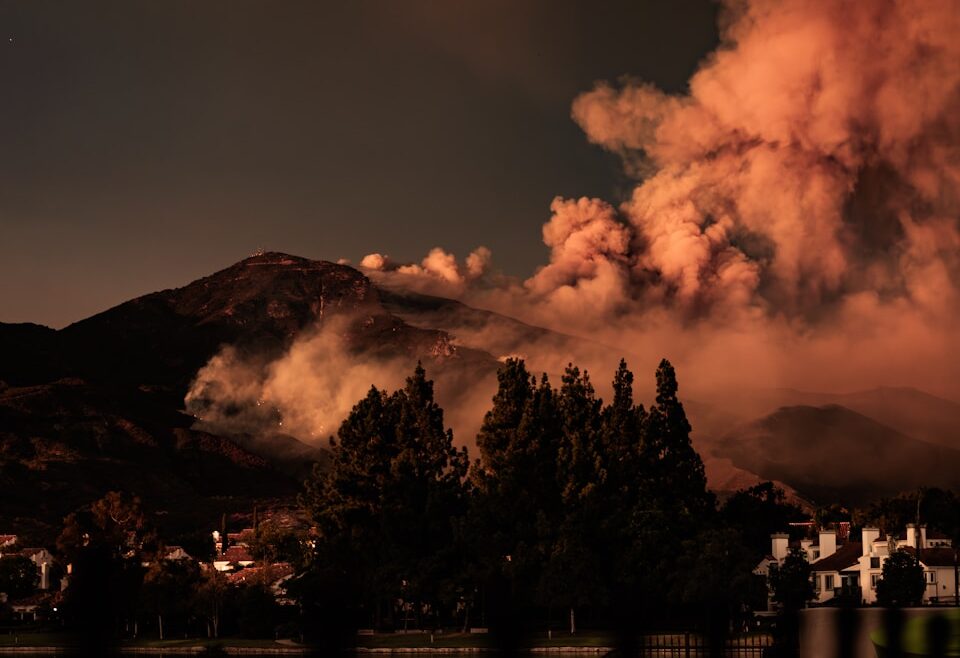Wildfire activity in the United States has increased sharply in recent decades and scientists warn it will accelerate further under climate change. As a consequence, wildfire smoke is emerging as one of the most serious and costly health threats of a warming climate.
The team from Stanford University combined statistical and machine learning models to link climate change, wildfire activity and PM2.5 in smoke with mortality data covering all recorded U.S. deaths.

While PM2.5 is inherently dangerous, wildfire-specific PM2.5 is particularly so, because of its toxic chemical mix.
The researchers found that under a high-emissions scenario, smoke-related PM2.5 exposure could result in more than 71,000 excess deaths annually by 2050 – a 73% increase compared with the 2011–2020 average of roughly 40,000 deaths.
Between 2026 and 2055, cumulative excess deaths could total nearly 1.9 million. Strikingly, the study found that mortality impacts can persist up to three years after initial smoke exposure.
Senior study author Marshall Burke said: ‘There’s a broad understanding that wildfire activity and wildfire smoke exposure are changing quickly. This is a lived experience, unfortunately, for folks on the West Coast over the last decade and folks on the East Coast in the last few years.
‘Our paper puts some numbers on what that change in exposure means for health outcomes, both now and in the future as the climate warms.’
It was found that while the West Coast faces the highest increases, long-distance smoke transport means Eastern and Midwestern states are also at risk, as seen during recent Canadian wildfire events. California, New York, Washington, Texas and Pennsylvania are projected to experience the largest state-level increases in deaths.
Lead study author Minghao Qiu said: ‘What we see, and this is consistent with what others find, is a nationwide increase in wildfire smoke. There are larger increases on the West Coast, but there’s also long-range transport of wildfire smoke across the country, including massive recent smoke events in the Eastern and Midwestern U.S. from Canadian fires.’
When monetised, these losses could exceed $600 billion per year by 2050 – greater than current estimates of all other climate-related damages in the U.S., including agricultural losses, storm impacts and heat-related deaths.
Qui added: ‘If you look at the leading climate impact assessment tools that are used to inform policy, none of them incorporate how changes in climate could influence wildfire smoke and related human mortality. Our study shows climate models are missing a huge part of the climate impacts in the U.S. – it’s like leaving the main character out of a movie.’
The team stress that public health actions can help, such as improving indoor air filtration, expanding community protection strategies, and adopting land management practices like prescribed burns to reduce fuel loads. But without rapid emissions cuts, wildfire smoke will remain a growing and deadly burden.
Photo: Daniel Lincoln
